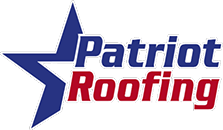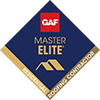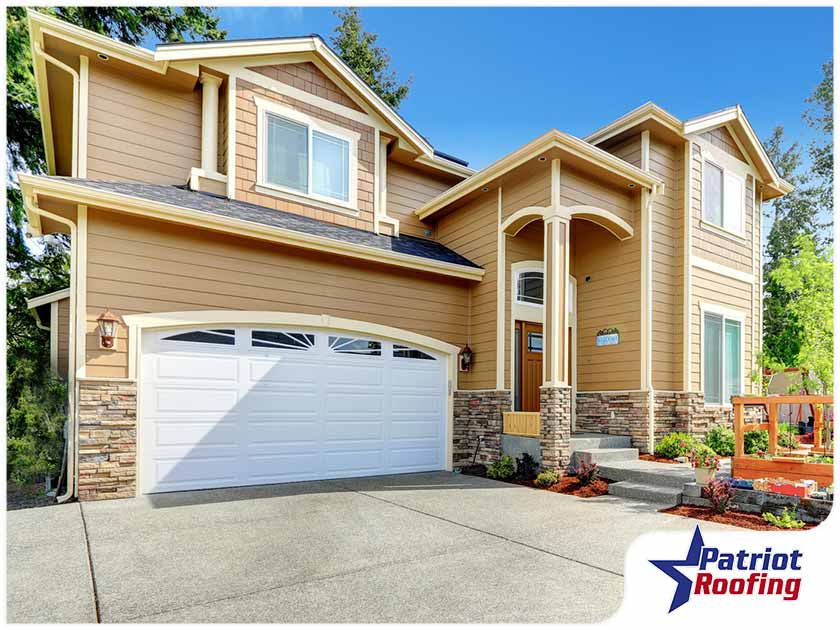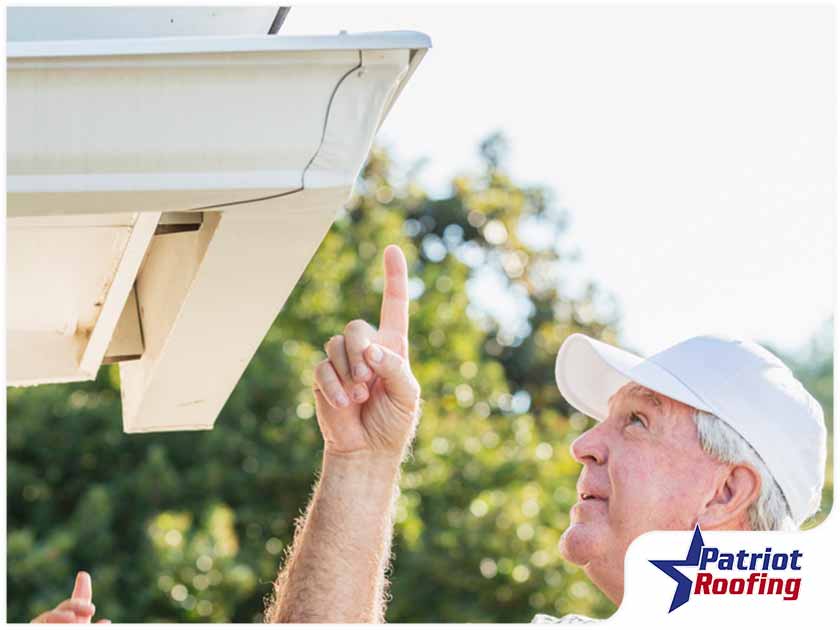A humid indoor space can be uncomfortable, allow mold growth and can cause damage to objects in the house such as furniture. In today’s post, local roofing company Patriot Roofing LLC takes a look at how high indoor humidity levels affect a key part of the house — the roof.
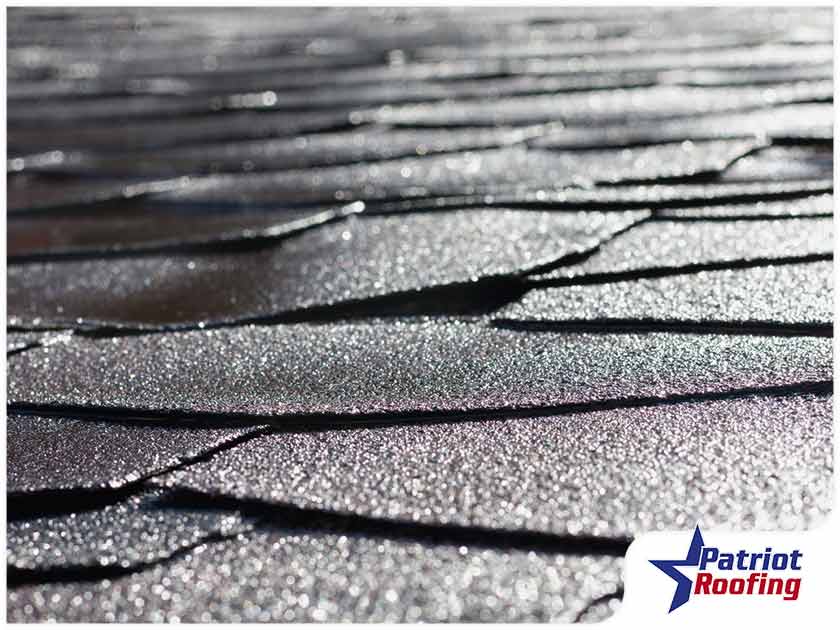
How Can High Indoor Humidity Damage the Roof?
Warm and humid air naturally rises towards the ceiling and usually ends up in the attic. A poorly ventilated attic will trap heat and humidity, which would result in condensation that can damage the roof’s framing and compromise its structure. In addition to “sweating” attic walls, fasteners and supports made of metal would rust while the wooden components would warp and rot. Lastly, the same conditions — heat, humidity, lack of sunlight — are favorable to mold growth.
Indoor Sources of Moisture
Indoor moisture can come from different areas of your home, but it primarily comes from the kitchen and the bathroom. Daily activities like bathing, cooking and washing the dishes release moisture into the air. If your home is equipped with a hydronic heating system — that is, a heater that utilizes hot water circulating through pipes — steam may be released frequently from the boiler. Leaky plumbing, if not repaired, may also contribute to indoor moisture.
How to Control Indoor Humidity Levels
It is possible to control indoor humidity levels and avoid a potentially costly roof repair appointment. You can keep an eye on indoor humidity levels using a hygrometer, the ideal reading being between 30% to 50%. The following can help you control humidity levels:
Use exhaust systems. Turn on the range hood fan when cooking and the bathroom exhaust fan when bathing. They help take away excess moisture coming from the bathroom and kitchen.
Use your HVAC system properly. Cold air is a natural dehumidifier, therefore an air conditioner at the right settings can help reduce humidity in your indoor spaces. Running a dehumidifier will also help absorb moisture in the air. You can either get standalone units for every room or a whole-home unit that attaches to your HVAC system’s air handler.
Improve the attic ventilation. A well-designed sloped roof should have a passive ventilation system that consists of exhaust vents at the ridges at intake vents at the soffits. Poor attic ventilation can be corrected by your roofing contractor. Exhaust fans can also be improved if passive ventilation is still not enough.
Patriot Roofing LLC is your leading provider of roofing and gutter installation services. Give us a call at (405) 289-8807. You can also fill out our contact form to schedule an appointment. We serve customers in Edmond, OK, and the surrounding communities.
